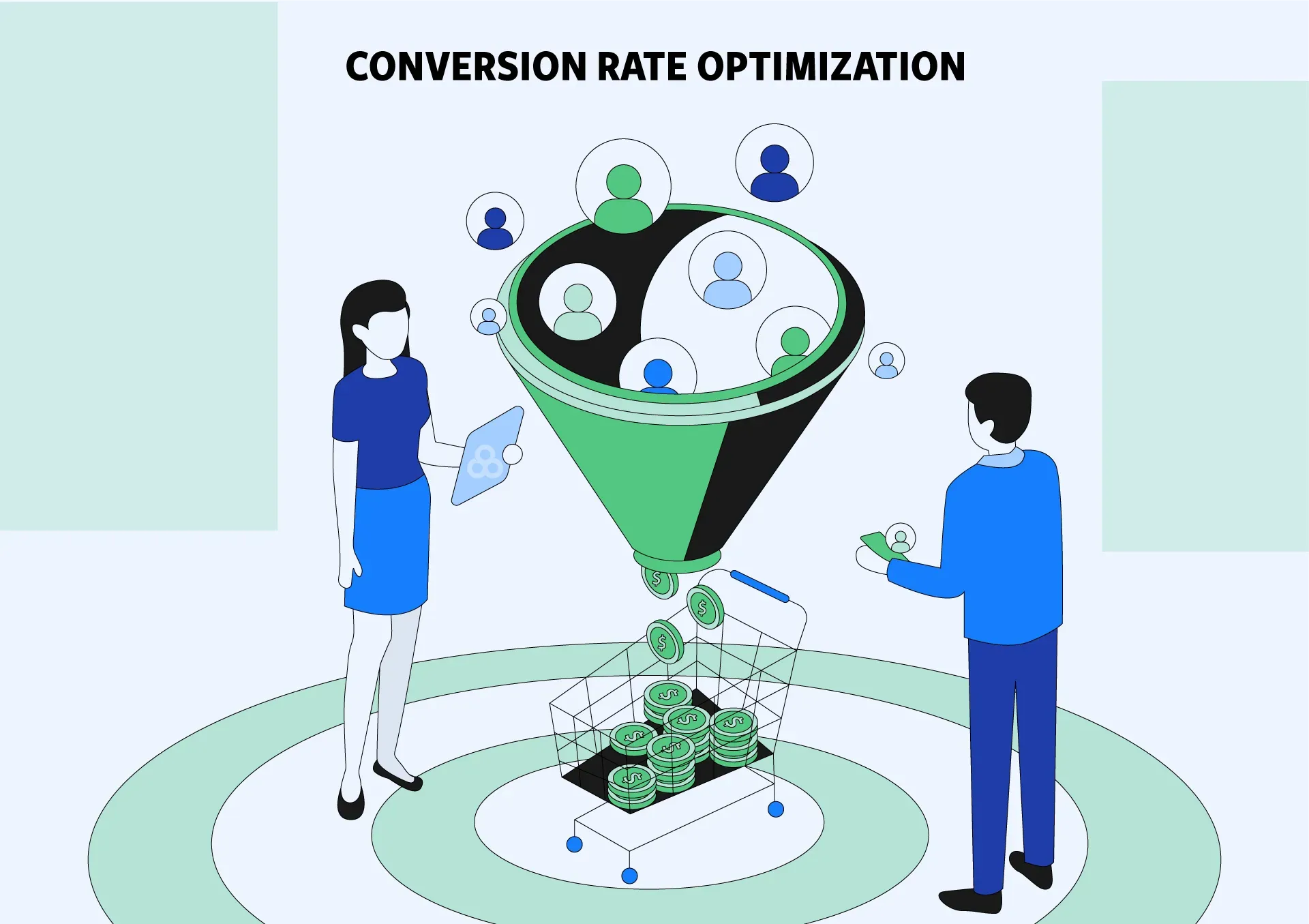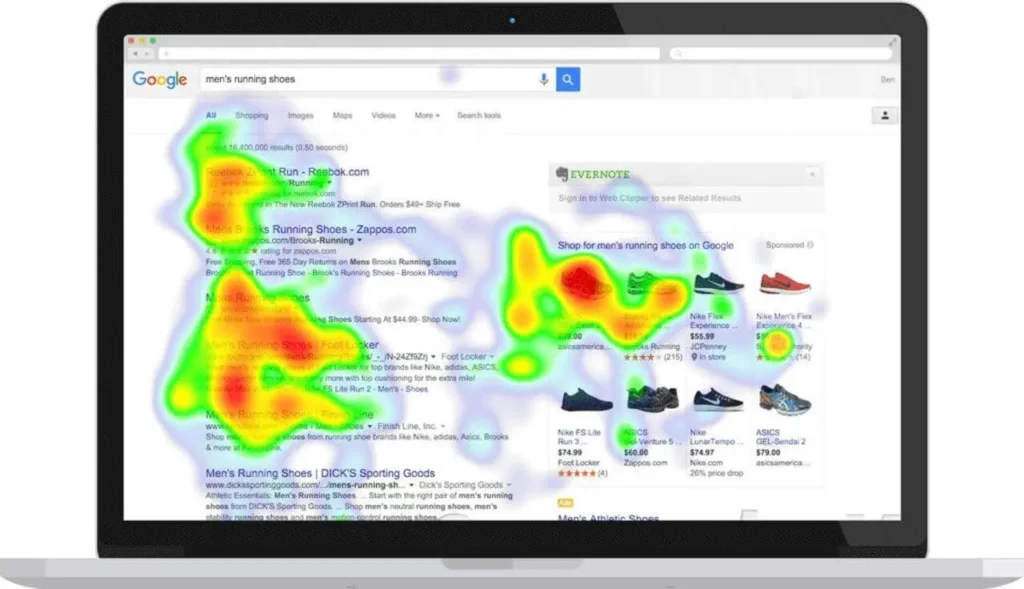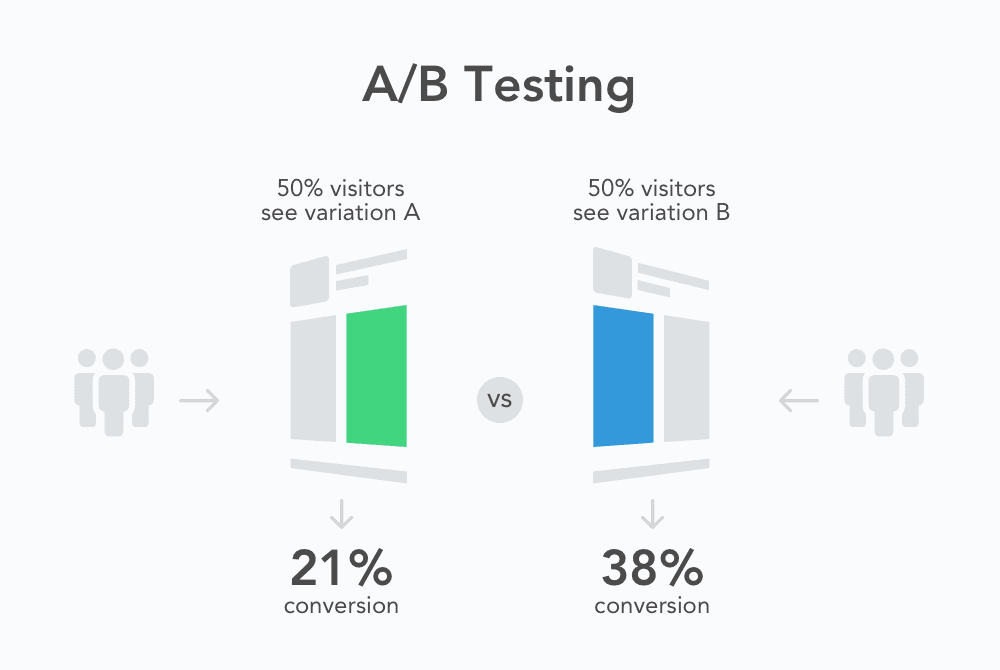In today’s competitive digital landscape, optimizing your website’s performance is more critical than ever to turn visitors into loyal customers. Enter the Sydney CRO Experimentation Maturity Model—a comprehensive framework designed to guide businesses through the journey of mastering conversion rate optimization (CRO). From the initial “Crawl” phase, where foundational strategies are put in place, to the dynamic “Sprint” phase characterized by rapid, data-driven experimentation, this model offers a clear path to elevate your CRO efforts. In this blog post, we’ll explore each stage of the Sydney CRO Experimentation Maturity Model, uncover best practices, and provide actionable insights to help you transform your conversion strategy and achieve measurable growth.
1. Understanding the Sydney CRO Experimentation Maturity Model
The Sydney CRO Experimentation Maturity Model is a comprehensive framework designed to guide organizations through the stages of developing a robust conversion rate optimization (CRO) strategy. This model breaks down the journey into clear, progressive phases—ranging from the initial “Crawl” stage, where businesses begin by establishing basic data collection and testing capabilities, to the advanced “Sprint” phase, which focuses on rapid, data-driven experimentation and continuous optimization. By understanding where your organization falls within this maturity spectrum, you can identify the right tools, processes, and cultural shifts needed to elevate your CRO efforts. The model emphasizes not only the technical aspects of experimentation, such as hypothesis generation and A/B testing, but also the importance of cross-functional collaboration, stakeholder buy-in, and iterative learning. Ultimately, adopting the Sydney CRO Experimentation Maturity Model empowers teams to move beyond sporadic testing towards a systematic, scalable approach that drives meaningful increases in conversion rates and business growth.
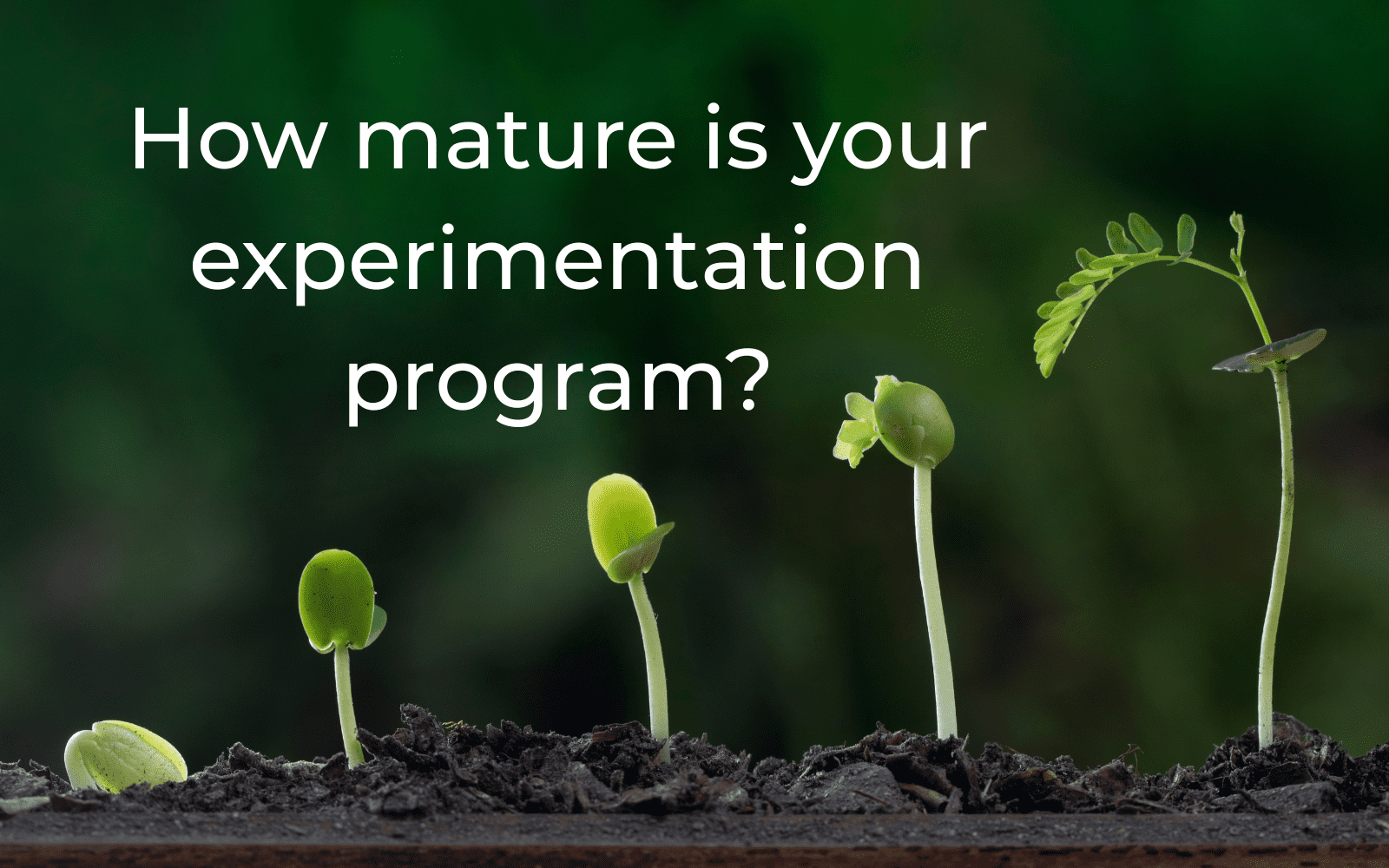
2. The Crawl Phase: Establishing a Strong Foundation
The Crawl Phase is the critical first step in mastering conversion optimization through the Sydney CRO Experimentation Maturity Model. At this stage, the focus is on laying a solid foundation that supports all future experimentation efforts. During the Crawl Phase, businesses begin by gathering essential data and insights about their current website performance, user behavior, and conversion funnels. This involves setting up proper analytics tools, defining clear goals, and identifying key performance indicators (KPIs) to track success. Additionally, teams prioritize fixing glaring usability issues and ensuring that website elements function correctly across devices. Rather than jumping straight into complex tests, the Crawl Phase emphasizes understanding the baseline metrics and addressing fundamental problems that could skew results later on. By establishing this groundwork, organizations create a reliable environment where experimentation can be conducted confidently, paving the way for more strategic and impactful optimizations in the subsequent Walk and Sprint phases.
3. The Walk Phase: Building Consistency and Process
The Walk Phase is the foundational stage in the Sydney CRO Experimentation Maturity Model, where the focus is on building consistency and establishing a repeatable process for conversion rate optimization. At this stage, organizations move beyond ad-hoc experiments and begin to implement structured workflows that ensure every test is thoughtfully designed, executed, and analyzed. Building consistency means creating standardized templates for experiment planning, defining clear success metrics, and setting up reliable tracking mechanisms. This phase also emphasizes cross-functional collaboration, bringing together marketing, design, and analytics teams to align goals and share insights effectively. By establishing a solid process during the Walk Phase, teams lay the groundwork for sustainable growth, enabling them to learn from each experiment systematically and make data-driven decisions that steadily improve conversion rates over time.
4. The Run Phase: Scaling Experimentation and Insights
The Run Phase marks a critical stage in the Sydney CRO Experimentation Maturity Model, where organizations shift their focus from initial testing to scaling their experimentation efforts and deriving actionable insights at pace. Having laid the groundwork during the earlier Crawl and Walk phases, the Run Phase is all about accelerating growth through a structured, data-driven approach to conversion rate optimization. At this stage, teams have established robust processes for hypothesis generation, test design, and prioritization, enabling them to execute multiple experiments simultaneously across various customer touchpoints. The emphasis moves towards not only running a higher volume of tests but also ensuring the quality and relevance of these experiments to uncover meaningful patterns and trends. Additionally, integrating advanced analytics tools and cross-functional collaboration becomes paramount to convert raw data into deep insights that inform strategic decisions. By embracing the Run Phase, businesses can rapidly iterate on winning ideas, systematically discard underperforming tactics, and foster a culture of continuous learning—ultimately driving sustained improvements in user experience and conversion performance at scale.

5. The Sprint Phase: Accelerating Growth with Data-Driven Decisions
The Sprint Phase represents the pinnacle of the Sydney CRO Experimentation Maturity Model, where organizations shift into high gear by leveraging data-driven decisions to accelerate growth. At this stage, teams have established a robust foundation of experimentation processes and insights from previous phases, enabling them to rapidly design, test, and implement high-impact optimization strategies. The focus during the Sprint Phase is on agility and precision—experiments are prioritized based on predictive analytics and customer behavior data, ensuring that every test has the potential to drive meaningful conversion improvements. Cross-functional collaboration becomes seamless, with marketing, design, and development teams working in harmony to iterate quickly and efficiently. Moreover, advanced tools and automation play a crucial role in scaling experimentation efforts, allowing businesses to uncover nuanced user insights and respond to market changes in real time. By embracing the Sprint Phase, organizations not only boost conversion rates but also cultivate a culture of continuous learning and innovation, positioning themselves for sustained competitive advantage in the dynamic ecommerce landscape.
6. Best Practices and Tips for Mastering Each Phase
Mastering each phase of the Sydney CRO Experimentation Maturity Model—from Crawl to Sprint—requires a strategic approach tailored to the unique challenges and objectives at every stage. In the Crawl phase, the focus is on building a strong foundation by gathering baseline data and understanding user behavior. Best practices here include conducting thorough analytics audits, setting clear KPIs, and running simple A/B tests to identify quick wins. As you move into the Walk phase, experimentation becomes more structured and data-driven. This involves refining hypotheses based on insights gained, segmenting audiences for targeted tests, and leveraging qualitative feedback to complement quantitative data. Collaboration across teams is crucial to foster innovative ideas and ensure alignment. Finally, the Sprint phase is all about scaling successful experiments and optimizing processes for agility and speed. Here, implementing automated testing frameworks, continuous learning loops, and advanced personalization tactics can significantly boost conversion rates. Throughout all phases, maintaining a culture of experimentation, embracing failure as a learning opportunity, and consistently iterating on strategies will empower your team to unlock the full potential of conversion rate optimization.
7. Common Pitfalls and How to Overcome Them
When mastering conversion rate optimization (CRO) using the Sydney CRO Experimentation Maturity Model, it’s important to be aware of common pitfalls that can hinder your progress. One frequent challenge teams face is rushing through the experimentation process without establishing a solid foundation. Skipping critical steps like thorough data analysis or user research can lead to misguided hypotheses and inconclusive results. To overcome this, ensure you dedicate ample time in the “Crawl” phase to gather quality insights and build a data-driven strategy.
Another common pitfall is running too many experiments simultaneously, which can dilute focus and make it difficult to attribute results accurately. Prioritize experiments based on potential impact and resource availability to maintain a manageable and effective testing schedule. Additionally, a lack of cross-team collaboration can stall progress; involving stakeholders from marketing, design, and development early on fosters alignment and accelerates implementation.
Finally, neglecting to iterate based on learnings from previous tests limits growth and maturity within the model. Embrace a continuous improvement mindset by reviewing outcomes regularly and refining your approach as you progress from “Crawl” to “Sprint.” By recognizing these pitfalls and proactively addressing them, you can confidently advance through the Sydney CRO Experimentation Maturity Model and achieve meaningful, sustained conversion improvements.
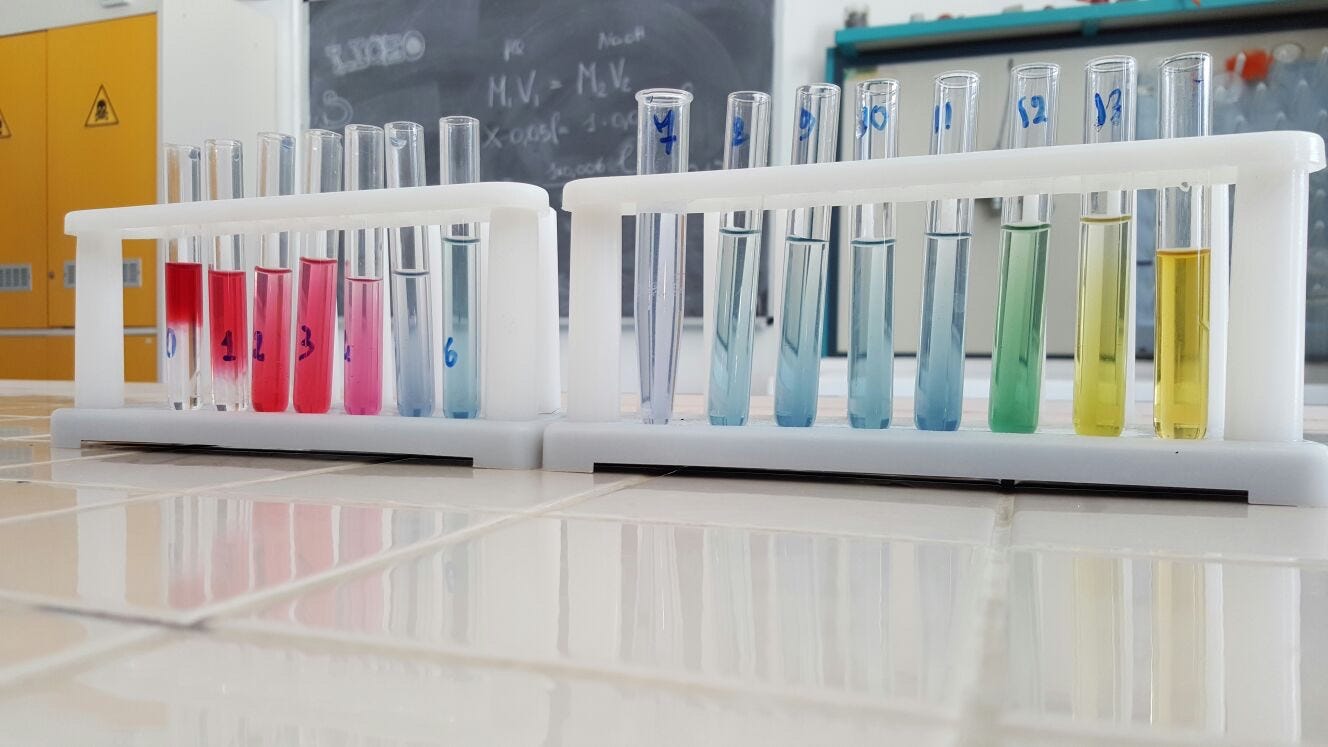
8. Real-World Examples from Sydney Brands
When it comes to mastering conversion rate optimization (CRO), Sydney-based brands are leading the way by embracing the CRO Experimentation Maturity Model—from the initial “Crawl” phase to the accelerated “Sprint” stage. Take, for example, a well-known Australian fashion retailer that began their journey in the Crawl phase by conducting basic A/B tests on their homepage layout. By systematically analyzing user behavior and testing variations, they gradually elevated their strategies, moving into the Walk and then Run phases, where multivariate testing and personalized content experiments became standard practice. This progression resulted in a significant uplift in online sales and customer engagement.
Another standout example is a Sydney-based travel agency that used the maturity model to overhaul their booking funnel. Starting with simple hypothesis-driven tests to reduce friction in the Crawl phase, they advanced to implementing real-time data analytics and AI-driven personalization in the Sprint phase. This iterative approach not only improved conversion rates but also enhanced customer satisfaction by delivering seamless, tailored experiences.
These real-world case studies demonstrate how Sydney brands are leveraging the CRO Experimentation Maturity Model to transform their digital marketing efforts. By methodically advancing through each phase—Crawl, Walk, Run, and Sprint—they’re able to fine-tune their strategies, minimize risks, and maximize ROI. Whether you’re a startup or an established enterprise, these examples provide valuable insights into how a structured approach to experimentation can drive measurable growth.
If you found this article helpful and need help with your website conversion, contact us for a FREE CRO Audit

